A giant meteorite that slammed into Earth over 3 billion years ago devastated early microbial life in the oceans, but also freed up a nutrient bonanza.
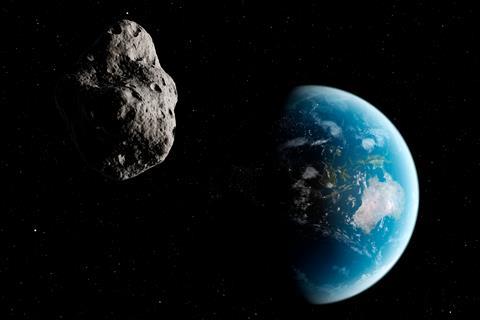
This meteorite was far larger than the infamous Cretaceous era ending one. ‘We’re looking at a bolide that was 500 to 200 times bigger than the one that killed off the dinosaurs,’ says Nadja Drabon, a geologist at Harvard University.
The Archean eon 2.5–4 billion years ago suffered at least 16 major impacts by meteorites upwards of 10km across. Each would have vaporised enough rock to darken the ancient skies for years.
Drabon’s group say the impact 3.26 billion years ago triggered a giant tsunami, as well as clouding the oceans and darkening the skies for years to decades. The impact also evaporated tens of metres of seawater.
Yet there was a silver lining: the churning of the seas brought bioavailable iron up from the ocean depths to its depleted surface and allowed some microbes to flourish, while the meteorite also brought phosphorus vital for life.
Drabon and her colleagues went in search of evidence of ancient major impacts in a remote area south of Kruger National Park in South Africa. There they sought out rocky outcrops containing a layer of spherules – molten droplets formed following a major meteorite impact that rained down over huge swathes of the planet. There are eight such spherule bands in this area, each preserving an ancient impact event.
While the impact crater itself is long gone, analysis of rocks from 3.26 billion years ago tells a tale of planetary devastation. The layer of spherules from this huge impact was 15 to 20cm thick in places, compared with less than a centimetre for the famed dinosaur-killing meteorite, says Drabon.
These ancient droplets contain spikes in iridium and chromium isotope anomalies, revealing their extraterrestrial origins. The glassy spherules were mixed into ripped-up seafloor materials, thought to be the result of gigantic tsunamis.
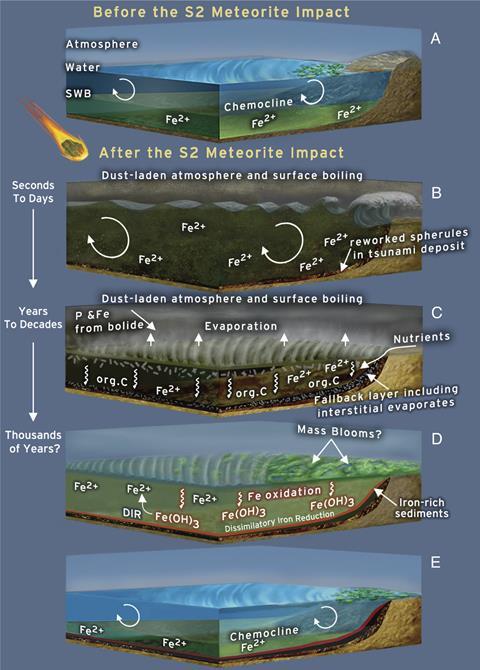 m
m
Above this layer are younger iron-rich rocks and minerals such as siderite and pyrite. ‘After the impact, we suddenly see a spike in iron in the sediment,’ says Drabon. This influx likely came from the deep ocean. The geologists also found a phosphorus spike after impact, calculating that the meteorite could have delivered 363 billion tonnes in a reduced and, therefore, bioavailable state.
Tellingly, the group also saw a change in the carbon isotope signature above the impact layer that they interpret as a rise in microbes with metabolism geared towards efficient iron cycling. This indicates a rebound of microbial life, perhaps within a few years to decades, the investigators conclude.
The group reason that, following the impact, the iron-metabolising microbes would have consumed the newly available Fe2+ in the shallow seas, transforming it to Fe3+, which would sink to the ocean floor as iron hydroxides.
‘Their argument is very compelling, with many different lines of evidence,’ says Alexandra Davatzes, a geologist at Temple University in Philadelphia, who was not part of the study. ‘We’re in a totally microbial world in the Archean and the potential for recovery would be much, much faster than today.’
This bounce back could have happened repeatedly. ‘Initially large bolide impacts might have killed off a lot of microbial activity on Earth’s surface and in shallow waters, but then have been good for microbial activity, especially in shallow water environments,’ says Ronny Schönberg, a geochemist at the University of Tübingen, Germany who was not part of the research.
It might even shift how we view meteorite hits on early Earth. ‘Everyone associates big impacts with the extinction of the dinosaurs and thinks of them as disastrous,’ says Drabon. ‘But they also carried a lot of transient benefits for the early and evolving biosphere.’
References
N Drabon et al, Proc. Natl. Acad. Sci. USA, 2024, DOI: 10.1073/pnas.2408721121


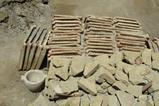





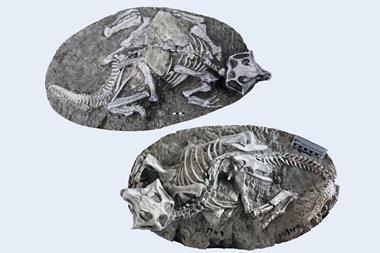
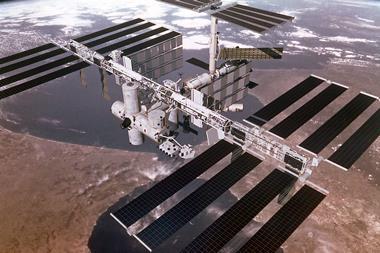







No comments yet